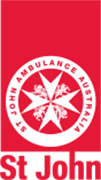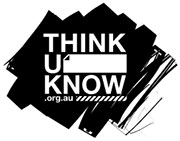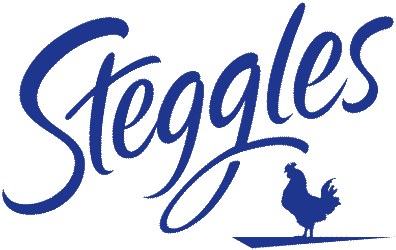Safety At Home
First AidFractures & Dislocations
[st_box title=”INFO” type=”info”]It can be difficult for a first aider to tell whether the injury is a fracture, dislocation, sprain or strain. If in doubt, always treat as a fracture. DO NOT attempt to force a fracture back into place as this could cause further injuries. If collarbone is fractured, support arm on injured side in a St John sling.[/st_box]Signs & symptoms
- pain at or near the site of the injury
- difficult or impossible normal movement
- loss of power
- deformity or abnormal mobility
- tenderness
- swelling
- discolouration and bruising.
What to do
1. Follow DRSABCD.
2. Control any bleeding and cover any wounds.
3. Check for fractures: open, closed or complicated.
4. Ask the patient to remain as still as possible.
5. Immobilise the fracture:
- use broad bandages (where possible) to prevent movement at joints above and below the fracture
- support the limb, carefully passing bandages under the natural hollows of the body
- place a padded splint along the injured limb
- place padding between the splint and the natural contours of the body and secure firmly.
For leg fracture, immobilise foot and ankle apply figure of eight bandaging.
6. Check that bandages are not too tight (or too loose) every 15 minutes and watch for signs of loss of circulation to hands or feet.
7. Ensure an ambulance has been called.








